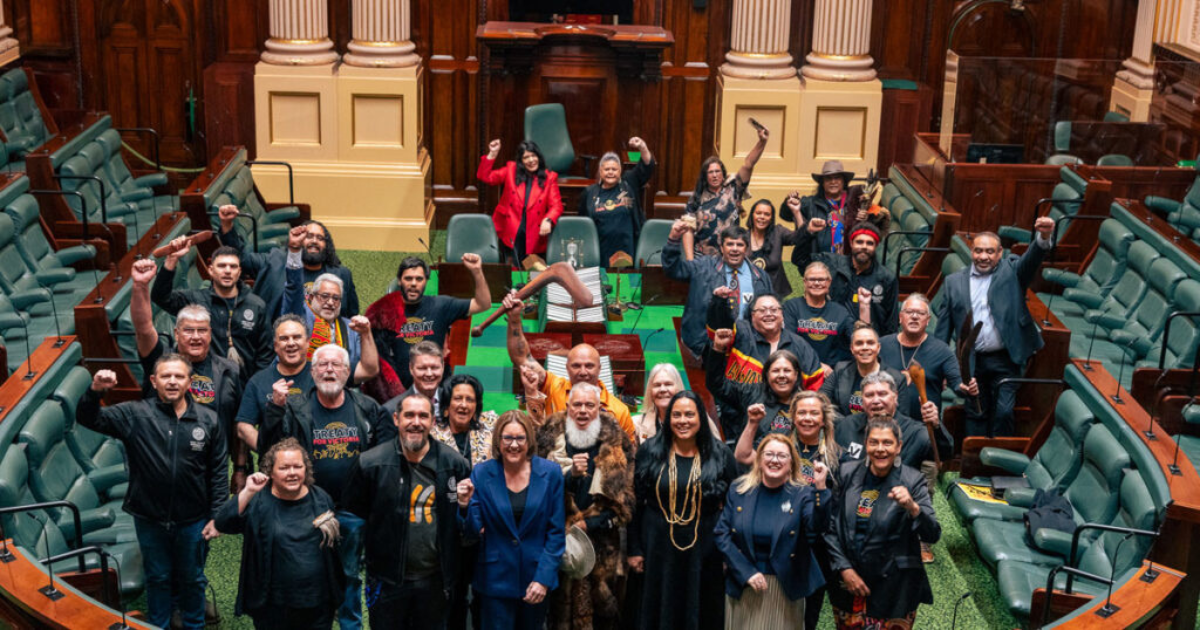EV sales inch ahead, as Victorians put petrol cars in the rearview mirror
At Valley Kia in Traralgon more businesses and residents are buying and leasing electric vehicles.

Electric and hybrid vehicles now make up more than a quarter of new auto sales, as the market share for cars powered by internal combustion engines fell to less than 70 percent for the first time.
What happened: A report from the Australian Automobile Association showed electric vehicle (EV) sales accounted for 9.7 percent of new vehicle sales in the three months to September.
This is the highest quarterly proportion for EV sales recorded in Australia since data collection began in 1991.
In the previous three-month April to June period, they accounted for 9.3 percent of overall car sales; in the corresponding three-month period in 2024, they represented 6.6 percent of all sales.
Hybrid cars represented 16.5 percent of overall sales (49,929).
The data also showed that in the three months to September 2025, cars with an internal combustion engine fell below 70 percent market share (69.65 percent) for the first time. This is down 12 percent from two years ago. In Victoria, the proportion of internal combustion engine cars sold fell to 68 percent.
In the quarter to September, 29,298 EVs were sold in Australia, 54 more than the previous three months’ sales. In the first quarter of 2025 sales were 17,901.
However, daily sales over the last two quarters dropped. There were 92 days in the July to September period, with an average of 318.4 EVs sold per day. There were 91 days in the April to June period, with average daily sales of 321.3.
By comparison, a total of 210,458 petrol-powered cars were sold in the July to September quarter, down from 226,306 in the previous three months; in the corresponding July to September period in 2024, 214,500 petrol cars were sold.
Across all categories, there were 302,145 new vehicle sales in the July to September period; in the previous three months overall sales were 314,185; in the July to September 2024 quarter they were 289,098.
Are sales increasing in Gippsland?
Sales Manager at Valley Kia in Traralgon, Hayden Britten, told the Monitor the dealership sells EVs in “dribs and drabs”.
In 2024 EVs represented 1.3 percent of sales, but in 2025 that has grown to 5.3 percent.
Britten said the Valley Kia dealership leased a number of EVs to companies that wanted to take advantage of federal government tax breaks, but that overall he expected the percentage of EV sales would be higher in city dealerships.
Why EV?
According to the Electric Vehicle Council, the rise in EV sales has been driven by more Australians recognising that a battery-powered vehicle could save them money, particularly when combined with government subsidies.
Are electric vehicles cheaper to run?
According to research from the Electric Vehicle Council, the average Australian drives around 12,000km per year and spends around $2,500 on petrol ($0.20/km).
Whereas an EV that travelled the same distance would only cost $500 to charge ($0.04/km).
Additional savings could be gained if the EV owner has solar panels installed on their home, with yearly charging costs falling as low as $200.
What government subsidies?
The federal government is attempting to boost EV sales through policies like the fuel efficiency standards and fringe benefits tax (FBT) exemptions.
Fuel efficiency standard: Sets a limit on the amount of CO2 emissions new cars are allowed to produce.
FBT exemptions: The FBT is a tax employers pay on employee benefits like work cars or gym memberships. Zero or low emission vehicles are exempt from the FBT.


